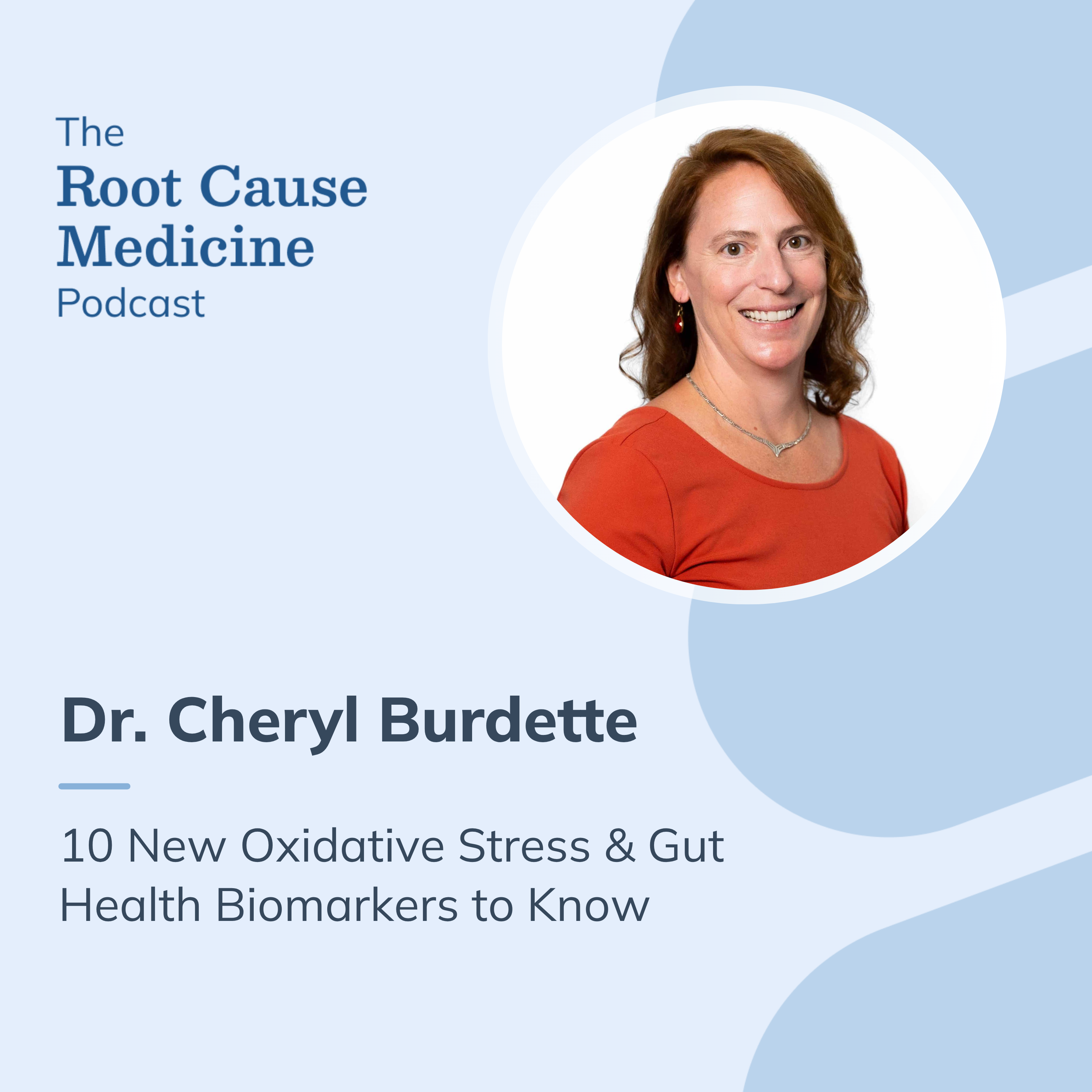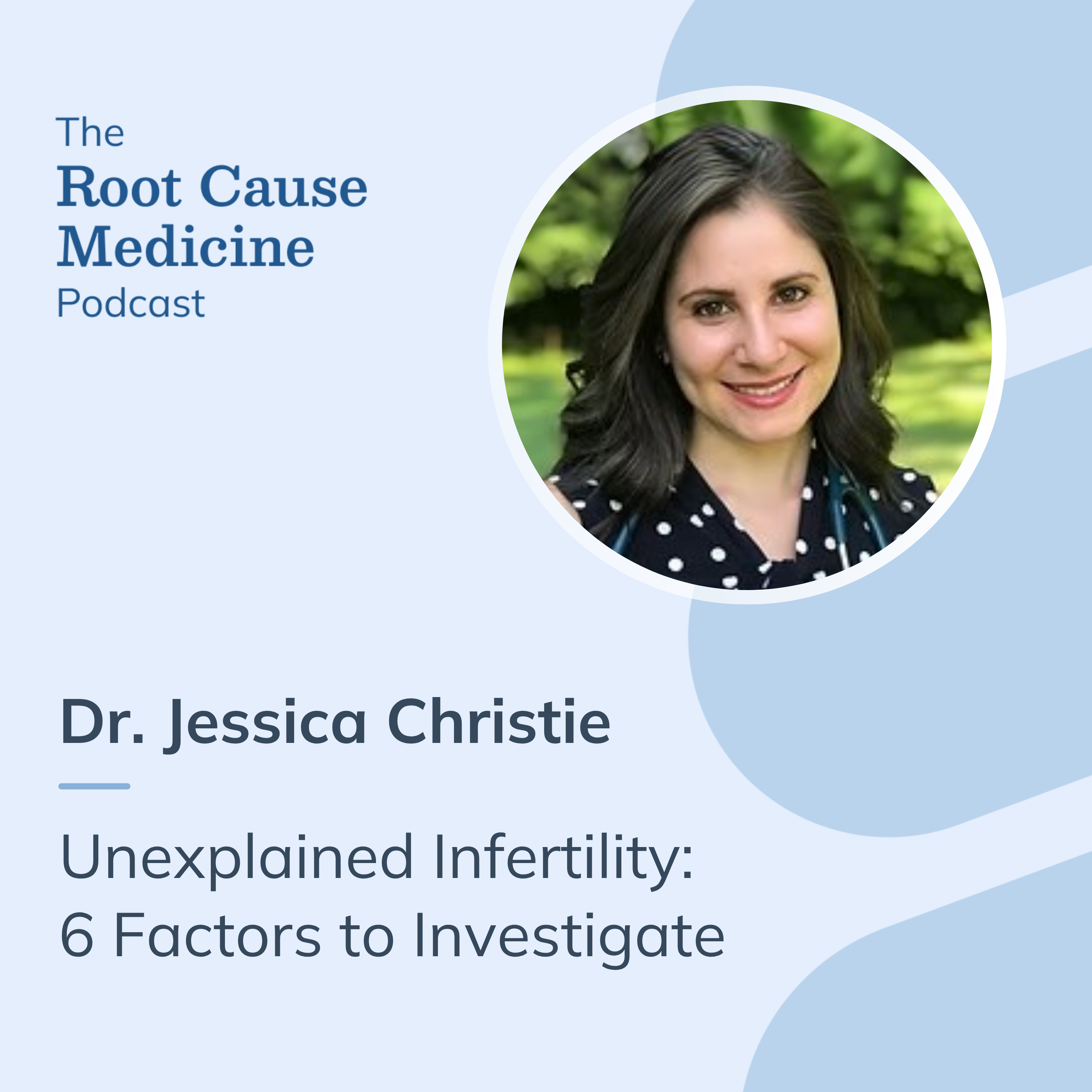Gout is a severely painful inflammatory joint condition most commonly affecting the large toe and, occasionally, the knee. Gout has long been regarded as a metabolic disorder of purine metabolism where purines in food and alcohol are converted to excess uric acid, which then deposits within the joint spaces as urate crystals. More recent is the belief that gout may represent a more pervasive metabolic problem with strong links to metabolic syndrome, and studies show that even moderate weight reduction may help manage serum uric acid levels.
[signup]
CC: Painful Feet, Toes, and Knees
Nick was a 31-year-old male when he presented with a sudden onset of bilateral toe and knee discomfort he noticed after a 45-minute walk. He had recently begun a drastic new diet and was concerned it could be related to the discomfort. He began his extreme diet 7 weeks prior to help him lose weight and “get healthy” following a very emotional breakup. His diet consisted of only cooked/raw animal meat and organ meat, butter, eggs, full-fat yogurt and cheese, bone broth, and some honey. He was consuming 2-4 cups of black coffee daily and around 80 oz of water.
Additional History
Prior to the carnivore diet, he was having coffee for breakfast with a carryout lunch eaten at his desk and a home-cooked dinner consisting of a protein, vegetable/salad, and a carbohydrate like rice, potatoes, or pasta.
He was motivated to lose the 20 extra pounds he had gained over the last two years and was doing a healthy balance of weight lifting 2x weekly and walking/running for cardio two days a week until his feet and knees started bothering him.
Initial Lab Work


Lab Analysis
Uric acid was elevated, indicating a direct lab finding linking the patient's symptoms to gout. This, coupled with his extremely high animal protein/purine diet, suggests an ongoing driver of the elevated uric acid; however, the gold standard for gout diagnosis is a positive uric acid crystal sample directly aspirated from the inflamed joint itself.
Lab values overwhelmingly point towards metabolic syndrome, a known driver of gout, with elevated blood glucose, HbA1c, and cholesterol levels noted. Multiple markers are borderline/functionally high, indicating ongoing cardiovascular system inflammation, such as homocysteine, PLAC, MPO, hs-CRP, and insulin.
Some markers were also functionally low: vitamin D3 and testosterone, indicating a need for general nutrient support and lifestyle modification.
Interventions
In order to support Nick's health goals, the following interventions were considered.
Anti-inflammatory and Metabolic Support
- Vitamin D injections at 50,000 iu 1x weekly paired with 5,000 iu daily.
- 2 grams of combined DHA/EPA daily with meals.
- Combination product with 1 gram of berberine and 200 mg alpha lipoic acid for supporting healthy blood glucose, insulin, and cholesterol levels.
- Discussed meal timing, macros goals (protein/carbohydrate/fat), and bringing in a nutrient-dense, plant-heavy diet.
Supplementation
Supplementation was started for Nick with a combination of protein powder, multivitamin, liver/gut support containing l-glutamine, turmeric, milk thistle, 20 grams of protein, and additional nutrients for detox and anti-inflammatory support.
Magnesium foot baths daily or full body baths 5x a week: the magnesium may help support blood flow, which could assist in managing uric acid levels.
Direct Uric Acid Excretion Support
A combination product containing vitamin C, quercetin, polyphenols, tart cherry extract, celery seed extract, and luteolin, which may support uric acid excretion and the liver enzymes involved in the production of uric acid.
Dietary Changes
An alkaline diet and a low-purine diet were considered.
- The focus was on consuming raw, whole, unprocessed food (whole grains, legumes, vegetables, nuts, and seeds) and increasing consumption of strawberries, cherries, purple grapes, raspberries, blackberries, blueberries, and strawberries. Eggs and plant-based proteins were consumed daily.
- Alcohol was avoided.
- Water intake of 2.5L per day is encouraged to support hydration and promote the excretion of uric acid, as well as a switch to black tea from coffee, as black tea is shown to support healthy uric acid levels.
Follow-Up 2.5 Months Later



Follow-Up Interpretation
Nick had a quick follow-up 1 week into treatment and by then had significant improvement in his gout-related symptoms and felt he had a little more energy.
At Nick’s 2.5-month follow-up, he was amazed at how much better he was feeling overall. His energy and overall discomfort level had improved, as had his endurance and muscle mass, and he found he was having longer and more effective workouts at the gym. He also noticed improvement in his sleep and brain function during the day, saying he felt mentally quicker, could focus longer at work, and felt happier. He was excited to loosen up on his diet restrictions and bring seafood and occasional meat back in but was very happy with his digestive system and overall health in response to his mostly plant-based diet.
[signup]
Summary
Due to the strong association between uric acid and cardiovascular risk factors, the focus was on supporting a reduction in purine intake and, thus, uric acid levels to help manage gout and cardiovascular risk. Dietary changes such as Nick's can contribute to gout symptoms due to the sudden influx of purines overwhelming his metabolic capabilities, especially when coupled with systemic inflammation. Due to the patient's young age and motivation to change, he is likely to support his chances of managing future gout symptoms.










%201.svg)









.png)